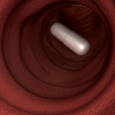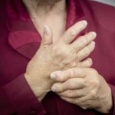Curcumin

|
|
Quick navigation |
What are Curcumin's other names?
- Curcuma
- Curcuma Longa
- Curry Extract
- Diferuloylmethane
- JiangHuang
- Turmeric extract
What is Curcumin's recommended dosage?
- Recommended daily intake: 1,5 g
- Recommended daily doses: 3
What supplements interact with Curcumin?

|

|

|

|

|

|


























